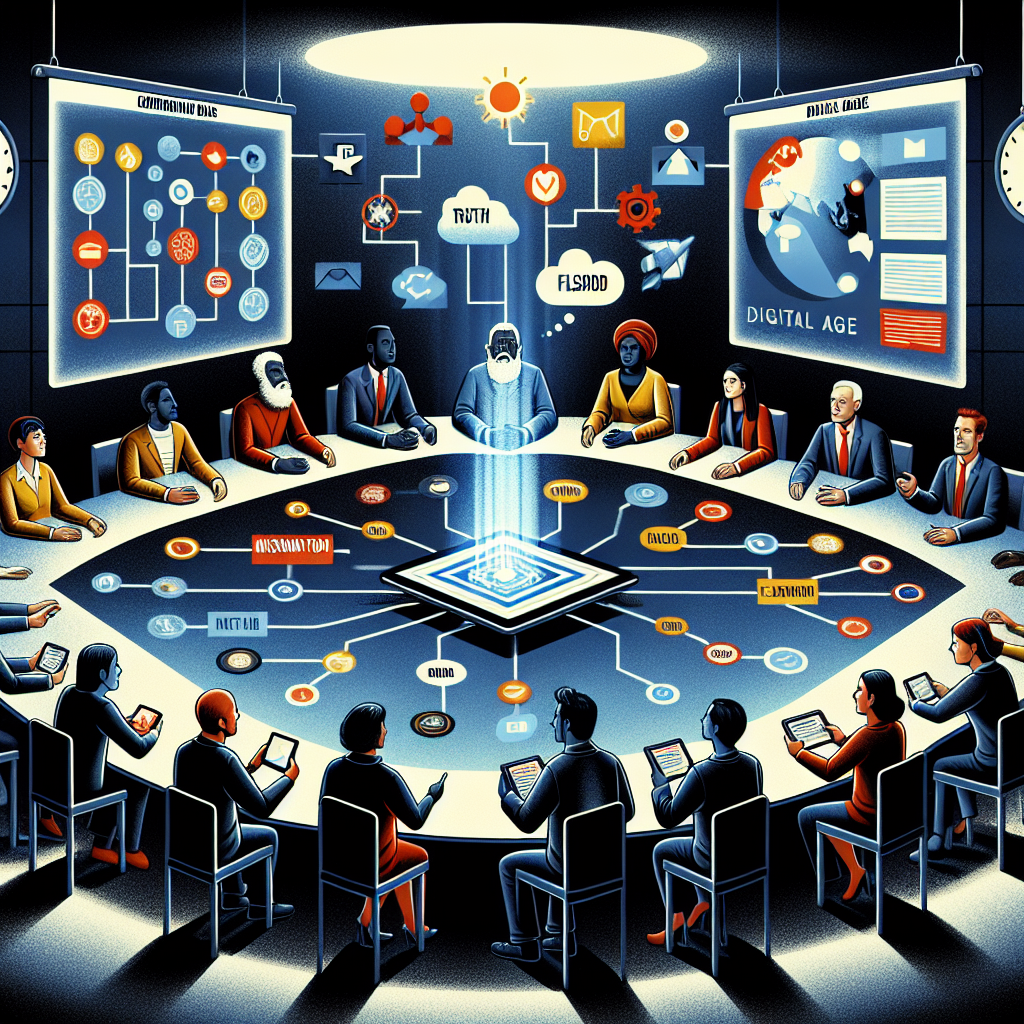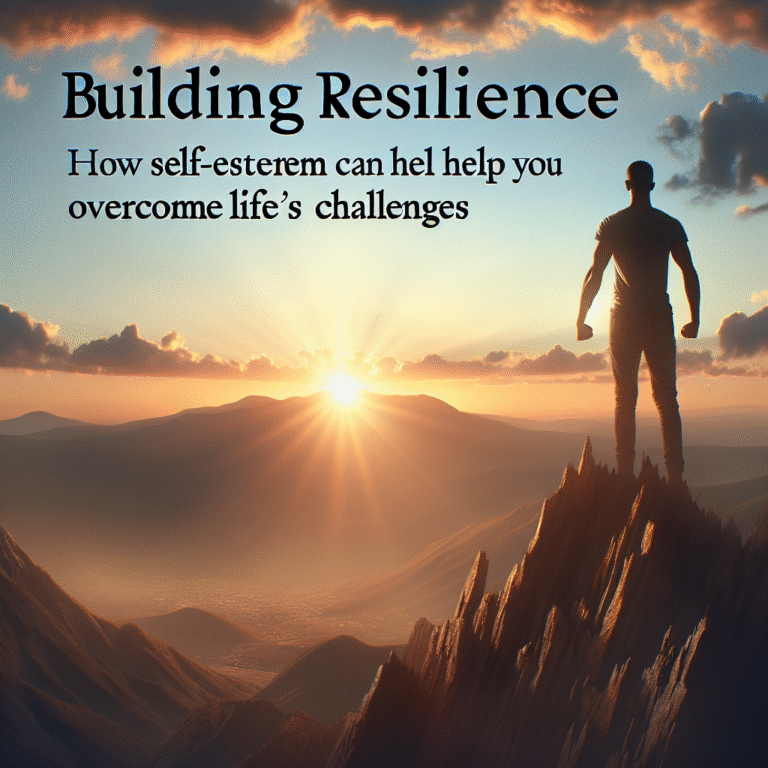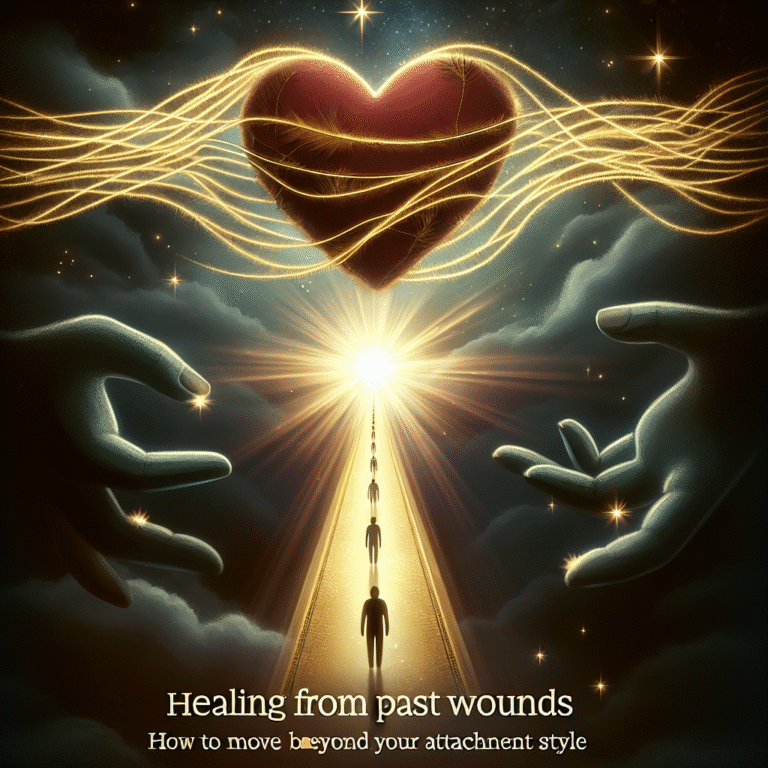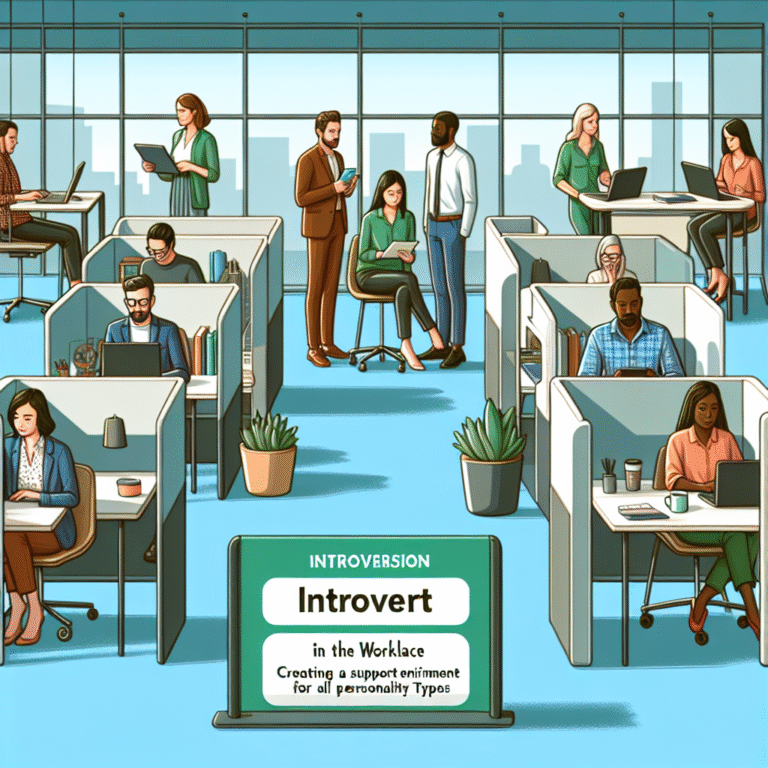
Introduction: The Digital Minefield of Misinformation
In our hyper-connected world, social media serves as a powerful vehicle for information exchange. But with this power comes peril—particularly the danger of misinformation. At the heart of this issue lies a psychological phenomenon known as confirmation bias. This deeply rooted cognitive bias causes us to seek out, interpret, and remember information that confirms our pre-existing beliefs while ignoring contradictory evidence. As we navigate the turbulent waters of social media, understanding confirmation bias in the digital age is essential for cultivating informed perspectives and making sound judgments.
In this article, we will explore the nuances of confirmation bias, its implications in today’s digital landscape, and actionable strategies for overcoming its effects.
Understanding Confirmation Bias
Defining Confirmation Bias: A Cognitive Illusion
Confirmation bias is a cognitive phenomenon wherein individuals favor information that aligns with their existing beliefs and attitudes while dismissing information that contradicts them. This bias can manifest in various ways, including selective exposure, biased interpretation, and memory distortion.
To illustrate, consider the following:
| Phenomenon | Description |
|---|---|
| Selective exposure | Preferring information sources that align with pre-existing beliefs |
| Biased interpretation | Interpreting ambiguous information in a way that supports one’s views |
| Memory distortion | Remembering information that confirms beliefs more vividly than contradictory evidence |
Psychological Underpinnings of Confirmation Bias
The roots of confirmation bias can be traced back to basic human psychology. It stems from the desire for cognitive consistency—an innate need to maintain harmony between our thoughts, beliefs, and perceptions. This psychological phenomenon is often exacerbated by the vibrant echo chambers created by social media algorithms, making it crucial to recognize its effects.
The Role of Social Media Algorithms
Social media platforms leverage complex algorithms designed to increase user engagement. These algorithms prioritize content that aligns with users’ prior interactions, thus reinforcing existing beliefs. As a result, individuals find themselves ensnared in a cycle of confirmation bias, where their worldview narrows and diverging perspectives are systematically filtered out.
The Manifestations of Confirmation Bias in Digital Spaces
Case Study 1: The 2016 U.S. Presidential Election
One of the most cited examples of confirmation bias in action is the 2016 U.S. presidential election. Social media played a pivotal role in disseminating misinformation, with platforms like Facebook and Twitter becoming breeding grounds for echo chambers. Users were inundated with false information tailored to their political beliefs, leading to polarized opinions that significantly influenced public discourse.
Analysis
The 2016 election highlighted how confirmation bias can distort reality. As individuals engaged with content that echoed their beliefs, they became less receptive to opposing viewpoints. Consequently, many voters became ensnared in misinformation, unable to navigate through the complexities of political narratives.
Case Study 2: Vaccine Misinformation
The rise of anti-vaccine sentiment serves as another poignant example. Social media platforms have proliferated anti-vaccine misinformation, encouraging users to engage with content that supports their fears about vaccine safety. Studies have shown that individuals who harbor vaccine skepticism tend to interact more frequently with anti-vaccine content, further entrenching their beliefs.
Analysis
This case demonstrates the critical need for digital literacy in addressing confirmation bias. With an abundance of misleading information circulating online, individuals must develop the skills to critically evaluate claims, especially when it comes to public health issues.
| Key Findings | Implications for Digital Literacy |
|---|---|
| Increased engagement with polarized content | Heightened susceptibility to misinformation |
| Challenges in changing ingrained beliefs | Necessity for critical thinking skills |
Navigating Misinformation: Strategies for Overcoming Confirmation Bias
1. Cultivate Digital Literacy
Emphasizing digital literacy is fundamental to combating confirmation bias. Engaging with diverse viewpoints has never been more critical in an age where misinformation spreads like wildfire. Learning to identify credible sources, fact-check information, and evaluate biases is essential for navigating the digital maelstrom.
2. Diversify Information Sources
Challenge yourself to explore content that challenges your perspectives. By intentionally following sources that present contrasting viewpoints, you can mitigate the effects of confirmation bias. Seek out reputable fact-checking websites and publications known for rigorous journalistic standards.
3. Utilize Tools and Techniques
There are various tools available to help individuals monitor information consumption:
- Feedly: An RSS aggregator to help you curate a diverse media diet by following different viewpoints.
- Media Bias/Fact Check: A guide that rates news outlets based on their bias, offering insights into the credibility of various sources.
4. Engage in Constructive Discourse
Fostering open dialogue with individuals who hold different beliefs can be invaluable. Instead of unsourced arguments, focus on sharing evidence and being open to change. This approach can lead to more informed opinions and help dismantle echo chambers.
5. Reflect on Personal Beliefs
Cultivating a habit of self-reflection can disrupt the cycle of confirmation bias. Question your beliefs and consider seeking out research that challenges your viewpoints. This conscious effort can provide a more balanced understanding of complex issues.
The Personal Impact of Confirmation Bias
Case Study 3: The Climate Change Debate
In the ongoing discourse around climate change, individuals often filter information through the lens of pre-existing beliefs. Those who accept climate science may share and promote data that supports action against climate change, while skeptics use selective exposure to reinforce their doubts.
Analysis
This case reminds us that confirmation bias can limit our ability to engage with pressing global issues effectively. Recognizing our biases is essential to move toward collective action and informed discussions on climate change.
Conclusion: A Call to Action
Understanding confirmation bias in the digital age is more than an intellectual exercise; it’s a necessary skill set for navigating life in the information age. By cultivating critical thinking skills, embracing diverse viewpoints, and fostering open dialogue, we can transcend the pitfalls of confirmation bias.
In a time when misinformation threatens the very fabric of public discourse, we have the power and responsibility to seek out the truth, challenge ingrained beliefs, and emerge as informed citizens.
FAQs
1. What is confirmation bias?
Confirmation bias is the tendency to favor information that confirms existing beliefs while ignoring contradictory evidence.
2. How does social media contribute to confirmation bias?
Social media algorithms curate content based on users’ past interactions, making it more likely that they will encounter information that reinforces their beliefs.
3. What are some examples of confirmation bias in action?
Examples include polarization during the 2016 U.S. presidential election and the proliferation of anti-vaccine sentiment.
4. How can I overcome confirmation bias?
Cultivating digital literacy, diversifying information sources, engaging in constructive discourse, and reflecting on personal beliefs can help mitigate confirmation bias.
5. Why is it important to recognize confirmation bias?
Recognizing confirmation bias allows individuals to make more informed decisions, engage in constructive debates, and promote healthier public discourse.
In closing, as we navigate the complexities of the digital age, it’s imperative that we remain vigilant against misinformation. By becoming aware of our biases and embracing diverse perspectives, we can cultivate a more informed society. Let’s make the choice to challenge ourselves and others, ensuring that we remain grounded in truth rather than mere affirmation.











